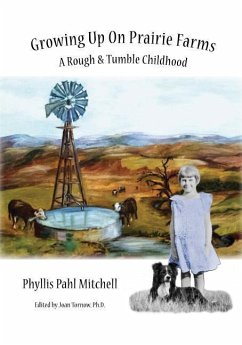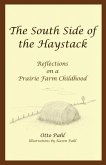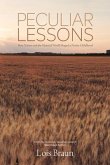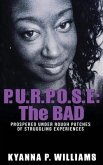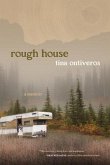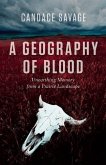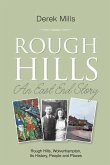For anyone who has wondered what it was like to live on the prairies of the United States in the early 1900s, here is your answer. This is not just a memoir, but a history. Phyllis Mitchell was born in Nebraska in 1921 and grew up on prairie farms where her parents were sharecroppers. Phyllis and her five siblings worked alongside her parents, as the family lived off the land without electricity or plumbing. Despite dealing with The Great Depression, The Dust Bowl, locusts, floods, illnesses, accidents, and even a frightening tornado, they all managed to not just exist but thrive. Phyllis's two older brothers were constantly coming up with clever schemes, while her older sister seemed to always be on horseback, helping out in the fields. Phyllis's two younger sisters at times needed guidance and protection. This includes the one who wouldn't get out of bed until she was assured that her father had built a "ro-ri-un fi-re" that would warm the kitchen. They all rode horses to one-room school houses. And, in a horse-drawn wagon, they occasionally traveled to the nearest town to trade cream and eggs for other commodities. Her brothers also sold watermelons and skunk pelts. With their father, the children grubbed trees, riding on the bigger trees as they bounced to earth after being cut down. At home, Phyllis learned from her mother how to cook and sew, skills which came in handy when she was hired by nearby families to serve at times as a live-in domestic helper. Here she observed how wealthier families lived. Meanwhile, she excelled at school where she prepared to be a teacher. Although the book focuses on her childhood, we also see Phyllis as she begins teaching in the same kinds of prairie schools that she once had attended. As a teacher, she exercised her same resourcefulness and creativity. During World War II, she helped the war effort by becoming a telegraph operator and station manager, surprisingly challenging and, at times, dangerous jobs. The book ends with her unusually impromptu wedding to the man who, as a high schooler, had 'tormented' her in high school band. Part Little House on the Prairie, part Whole Earth Catalog, this memoir combines a compelling personal narrative with delightful explanations of the early technologies that allowed a farming family to eke out an existence in the face of daunting obstacles.

